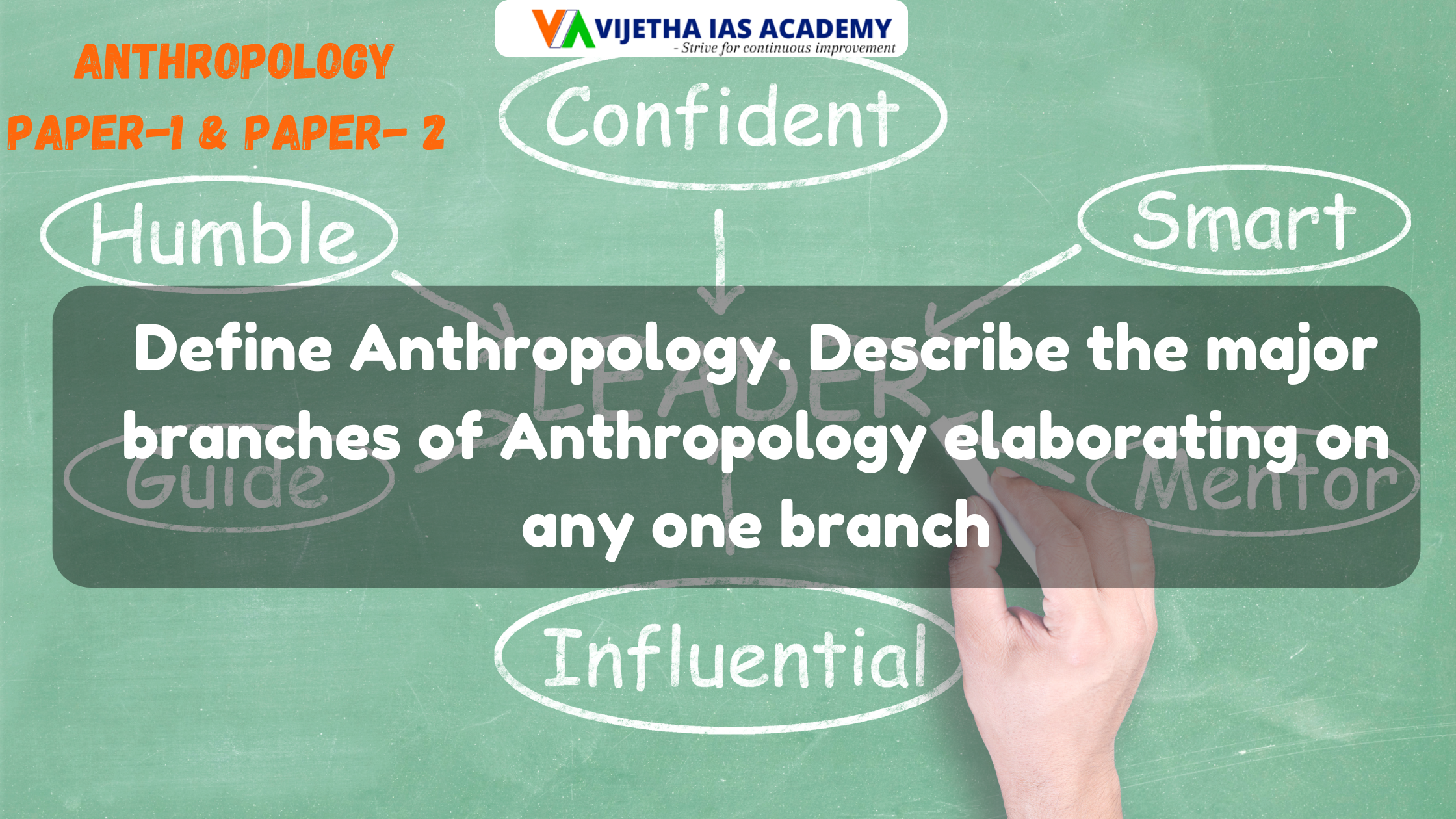
Introduction
Anthropology optional at vijetha ias academy is the holistic and scientific study of humanity, encompassing the biological, cultural, linguistic, and archaeological aspects of human beings across time and space. It seeks to understand the diversity of human experiences, behaviors, and societies, examining both historical and contemporary contexts.
Main Body
Anthropology is broadly divided into four major branches:
-
Socio-Cultural Anthropology: This branch focuses on the study of contemporary human societies and cultures. It investigates social norms, traditions, rituals, and cultural practices, aiming to understand how societies function and how individuals interact within them.
-
Biological/Physical Anthropology: This branch studies the biological and physical aspects of humans, including human evolution, genetics, primatology, and the study of human fossils. It also examines how humans adapt to different environments and the physical variations among human populations.
-
Archaeological Anthropology: Archaeology involves the study of past human societies through material remains such as artifacts, structures, and landscapes. It aims to reconstruct the lifeways of ancient cultures and understand the development of human civilization over time.
-
Linguistic Anthropology: This branch explores the relationship between language and culture. It studies how language shapes communication, social identity, group membership, and cultural beliefs and practices. Linguistic anthropologists also investigate the evolution of languages and the process of language change over time.
Elaboration on Socio-Cultural Anthropology
Socio-Cultural Anthropology is often regarded as the core of anthropology due to its focus on the diverse ways in which human societies organize themselves and create meaning. This branch emphasizes participant observation, a method where anthropologists immerse themselves in the daily lives of the communities they study. By doing so, they gain a deep understanding of social structures, religious beliefs, economic systems, political organizations, and kinship patterns.
For instance, Clifford Geertz's concept of "thick description" highlights the importance of understanding the context in which cultural practices occur, rather than merely describing them. This approach allows anthropologists to interpret the symbols and meanings that underpin human behavior, providing insights into the complexities of cultural practices.
Conclusion
Anthropology, through its various branches, provides a comprehensive understanding of humanity in all its dimensions. By integrating perspectives from socio-cultural, biological, archaeological, and linguistic anthropology, the discipline offers a holistic view of human existence, fostering a deeper appreciation of the diversity and commonality that define the human experience. Socio-Cultural Anthropology, with its emphasis on the lived experiences of people, remains a pivotal branch in understanding the intricate web of human society and culture.
